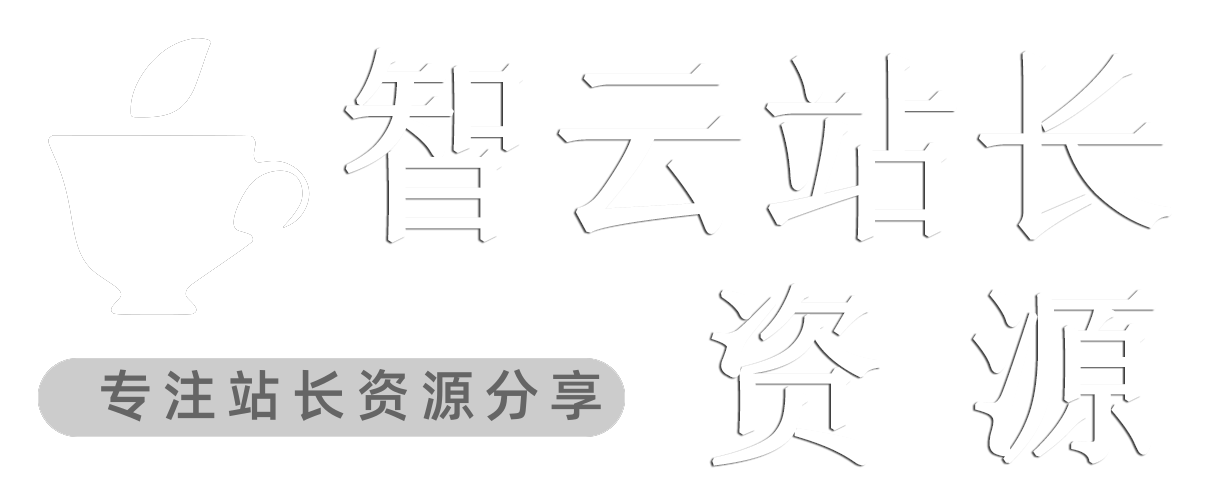感谢后端让我的知识点 + 1
一、数组请求方式
get 请求有以下几种方式来传递数组:
GET http://localhost:8080/users?roleIds=1&roleIds=2
GET http://localhost:8080/users?roleIds[0]=1&roleIds[1]=2
GET http://localhost:8080/users?roleIds[]=1&roleIds[]=2
GET http://localhost:8080/users?roleIds=1,2
二、解决方案
自己解决
let a = ["b", "c", "d"];
let str = "";
for(var index in a){
str+='a='+a[index]+'&'
}
// str: a=b&a=c&a=d
借助qs插件
-
qs.stringify({ a: [“b”, “c”, “d”] }); // a[0]=b&a[1]=c&a[2]=d
-
qs.stringify({ a: [“b”, “c”, “d”] }, { indices: false }); // a=b&a=c&a=d
-
qs 还可以通过arrayFormat 选项进行格式化输出:
qs.stringify({ a: [“b”, “c”] }, { arrayFormat: ‘indices’ }) // a[0]=b&a[1]=c
qs.stringify({ a: [“b”, “c”] }, { arrayFormat: ‘brackets’ }) // a[]=b&a[]=c
qs.stringify({ a: [“b”, “c”] }, { arrayFormat: ‘repeat’ }) // a=b&a=c
qs.stringify({ a: [“b”, “c”] }, { arrayFormat: ‘***ma’ }) // a=b,c
三、axios 配置
axios中有一个专门对数据进行序列化的配置属性paramsSerializer
{
url: '/user',
method: 'get', // default
baseURL: 'https://some-domain.***/api/',
// `paramsSerializer` 是一个负责 `params` 序列化的函数
// (e.g. https://www.npmjs.***/package/qs, http://api.jquery.***/jquery.param/)
paramsSerializer: function(params) {
return qs.stringify(params,{arrayFormat: 'brackets'})
},
}
在axios请求拦截器中对参数进行序列化配置
axios.interceptors.request.use(async (config) => {
//只针对get方式进行序列化
if (config.method === 'get') {
config.paramsSerializer = function(params) {
return qs.stringify(params, { arrayFormat: 'repeat' })
}
}
}
四、参数转译
需要注意的是,如果请求参数中带有中括号[],[]在url中属于功能性字符,前端需要使用decodeURI***ponent()函数转义,否则会出现400 Bad Request错误。
qs.stringify({ a: [‘b’, ‘c’, ‘d’] }); // a%5B0%5D=b&a%5B1%5D=c&a%5B2%5D=d
decodeURI***ponent(qs.stringify({ a: ["b", "c", "d"] }) // a[0]=b&a[1]=c&a[2]=d
参考链接
axios中文文档
vue中get请求如何传递数组参数


